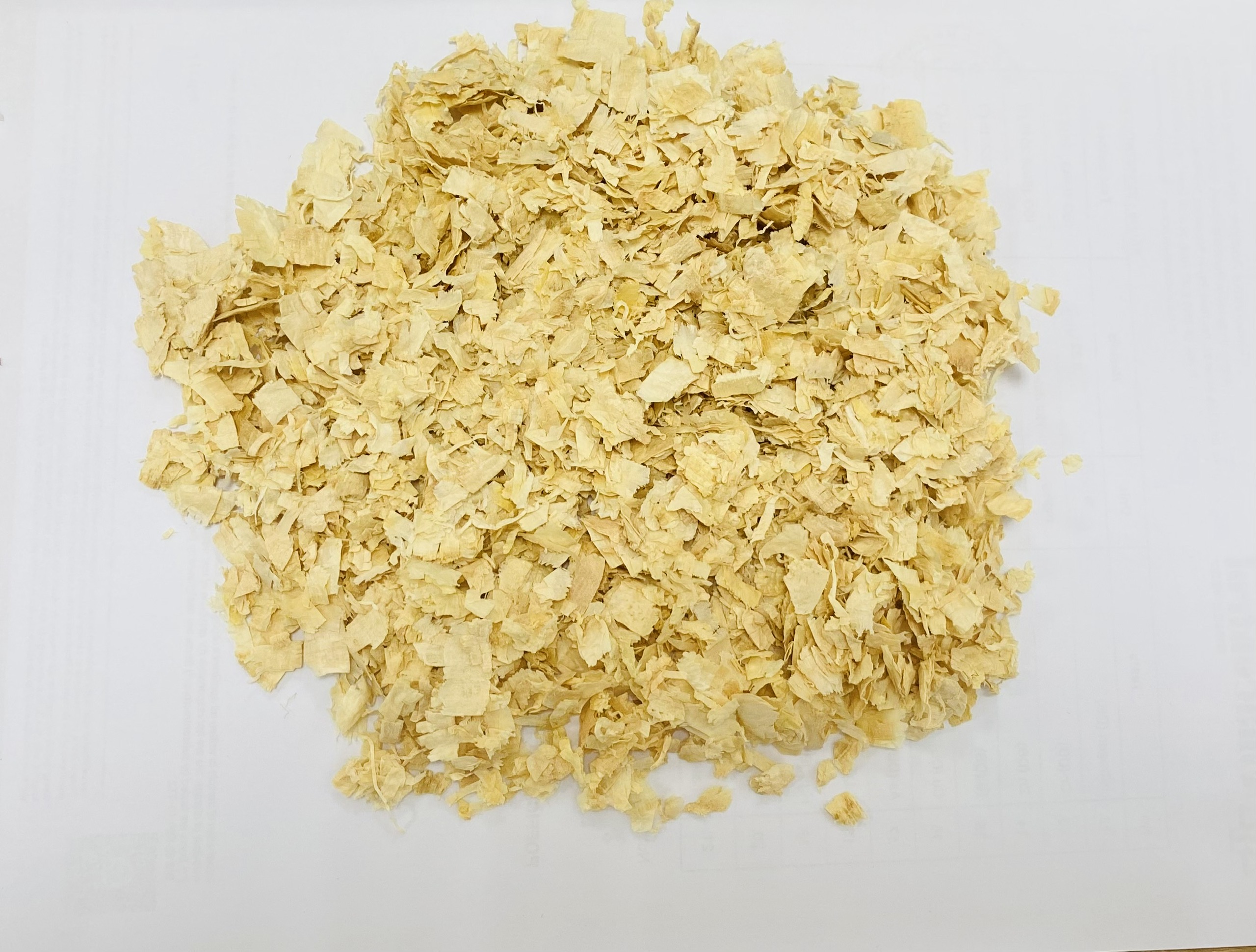Market Overview and Report Coverage
Sawdusts are fine particles or dust created from wood when it is cut, sanded, or sawed. It is a byproduct of the woodworking industry and is often used for various purposes such as animal bedding, fuel, mulch, and in the manufacturing of composite panels.
The future outlook of the sawdusts market looks promising, with a projected growth rate of % during the forecasted period. This growth can be attributed to several factors. Firstly, there is a rising demand for sustainable and eco-friendly materials. Sawdusts are considered a renewable resource and can be used in various industries as an alternative to non-renewable resources. This growing demand for sustainable products is expected to drive the market growth.
Additionally, the construction industry is a significant consumer of sawdusts. Sawdusts are used as a component in the manufacturing of composite panels, which find applications in building and interior design. With the global construction industry experiencing steady growth, the demand for sawdusts is expected to increase.
Furthermore, the agricultural sector is another key market for sawdusts. Sawdusts are used as bedding material for livestock, poultry, and equine animals due to its absorbent qualities. As the demand for animal bedding continues to rise, fueled by the growth of the livestock and poultry industry, the sawdusts market is likely to witness considerable growth.
In conclusion, the sawdusts market holds significant growth potential due to the increasing demand for sustainable materials and its wide range of applications across various industries. With a projected CAGR of % during the forecasted period, the market is expected to experience steady expansion in the coming years.

Market Segmentation
The Sawdusts Market Analysis by types is segmented into:
- Type I
- Type II
In the context of sawdust markets, Type I refers to sawdust that is generated as a byproduct of lumber mills and is primarily used for industrial purposes such as making particleboard or fuel pellets. Type II sawdust, on the other hand, is derived from smaller wood products such as furniture manufacturing or construction waste and is typically utilized for landscaping, animal bedding, or composting. These different market types reflect the varying qualities and applications of sawdust, catering to distinct industries and consumer needs.
The Sawdusts Market Industry Research by Application is segmented into:
- Application I
- Application II
Sawdust, a byproduct of wood processing, has numerous applications in the market. In application I, it is widely used as a fuel source for heating and cooking, especially in rural areas where wood is abundantly available. In application II, sawdust is utilized in the manufacturing of composite boards, paper products, animal bedding, and mushroom cultivation. These uses make sawdust a valuable commodity as it contributes to renewable energy production and provides materials for various industries, promoting sustainability and reducing waste.

In terms of Region, the Sawdust Market Players available by Region are:
- North America: United States Canada
- Europe: Germany France U.K. Italy Russia
- Asia-Pacific: China Japan South Korea India Australia China Taiwan Indonesia Thailand Malaysia
- Latin America: Mexico Brazil Argentina Korea Colombia
- Middle East & Africa: Turkey Saudi Arabia UAE
What are the Emerging Trends in the Global Sawdusts market?
The global sawdusts market is witnessing several emerging trends. Firstly, the increasing emphasis on sustainable and eco-friendly practices is driving the demand for sawdusts as a renewable and biodegradable alternative to traditional materials. Secondly, the growing construction industry and rising demand for affordable housing are fueling the use of sawdusts in the production of building materials such as particleboards and fiberboards. Additionally, the rising adoption of sawdusts for animal bedding and agricultural applications, due to its moisture-absorbing and insect-repellent properties, is contributing to market growth. Moreover, advancements in technology and the development of innovative processing techniques are expected to further expand the applications and market for sawdusts.

Major Market Players
Costina is a leading player in the sawdust market. The company has a rich history, dating back to its establishment in the 1970s. Throughout the years, Costina has gained significant experience in the wood processing industry, specifically in the production of sawdust. With a strong focus on quality and customer satisfaction, the company has established itself as a reliable supplier of sawdust.
In terms of market growth, Costina has witnessed steady growth over the years, mainly due to the increasing demand for sawdust in various industries. The market size has also expanded, with more industries recognizing the benefits of using sawdust as a raw material or fuel source. Costina has been successful in capitalizing on these market opportunities, resulting in consistent revenue growth.
Another major player in the sawdust market is Greenheart’s. With a foundation laid in the mid-2000s, Greenheart’s quickly became known for its commitment to sustainable practices. The company strongly emphasizes environmental responsibility and has implemented various measures to ensure the sustainable sourcing of sawdust. Greenheart’s has become a preferred supplier for environmentally conscious customers.
Sierra Log Homes is a prominent player in the sawdust market, boasting a long-standing presence in the industry. The company has been in operation for several decades and has established an extensive network of suppliers and distributors. Sierra Log Homes is known for its high-quality sawdust products, catering to a diverse range of industries.
TENCO is another key player in the sawdust market. The company has a strong reputation for its commitment to customer satisfaction and product quality. TENCO’s sawdust is widely used in construction, agriculture, and manufacturing sectors, among others.
While specific sales revenue figures for these companies are not readily available, it can be inferred that their market presence and growth over the years indicate substantial revenue generation. Each of these companies has successfully carved out a niche in the competitive sawdust market, leveraging their expertise, product quality, and customer-centric approach to drive market share and revenue.
